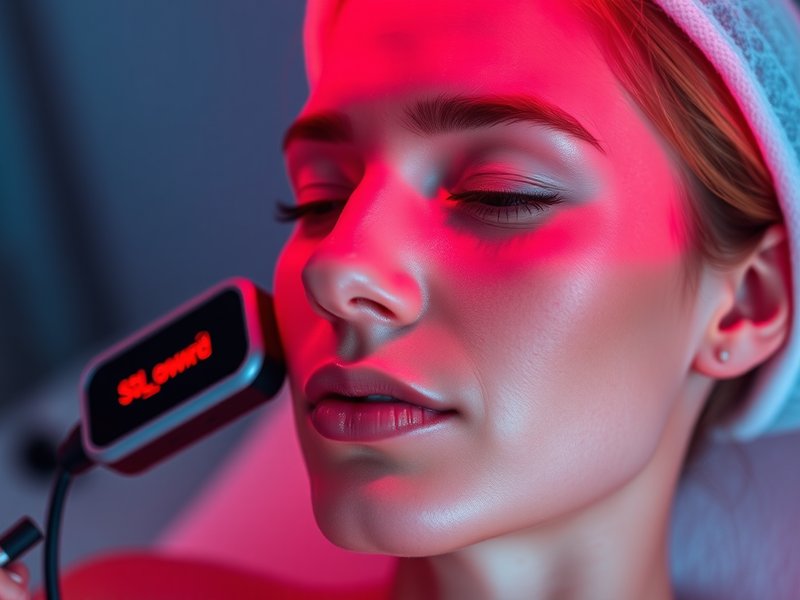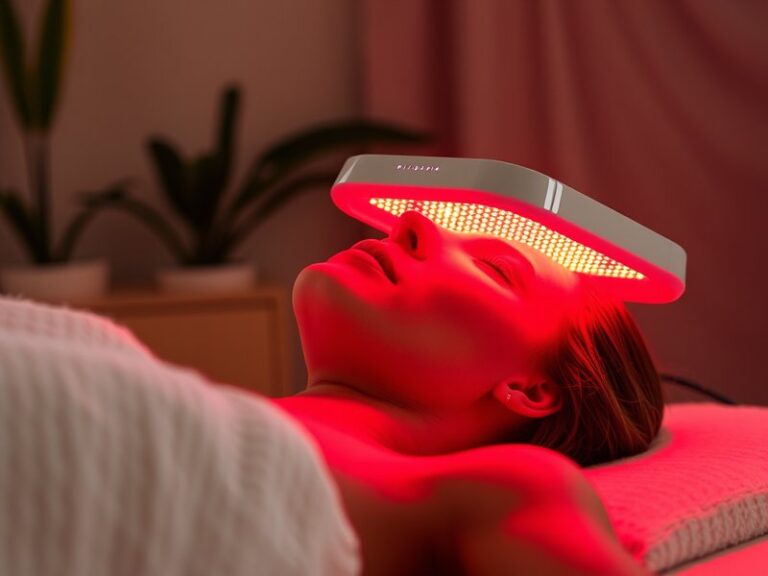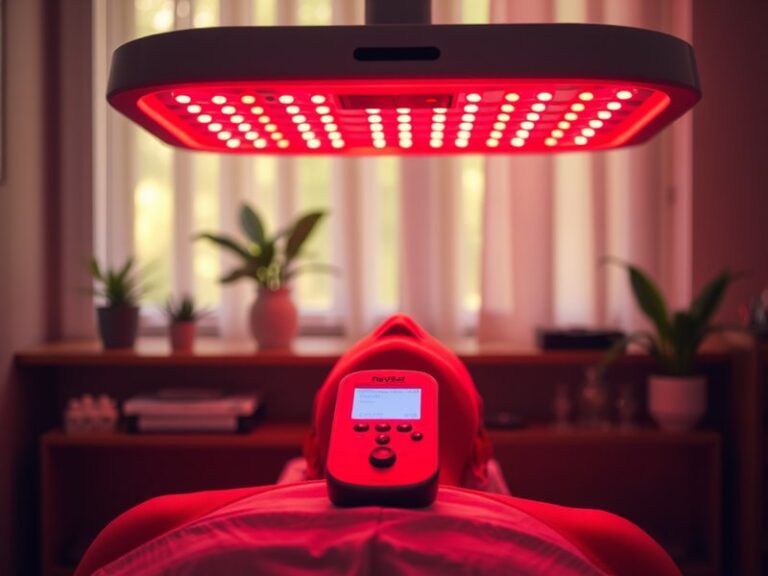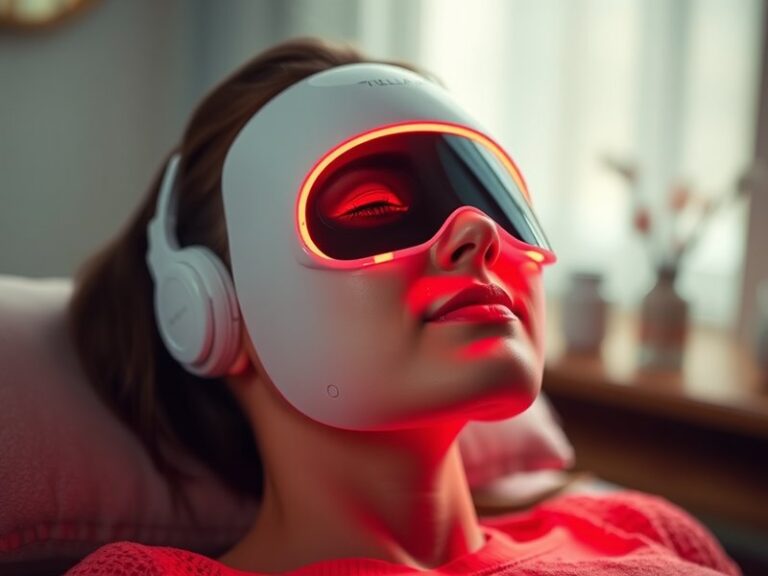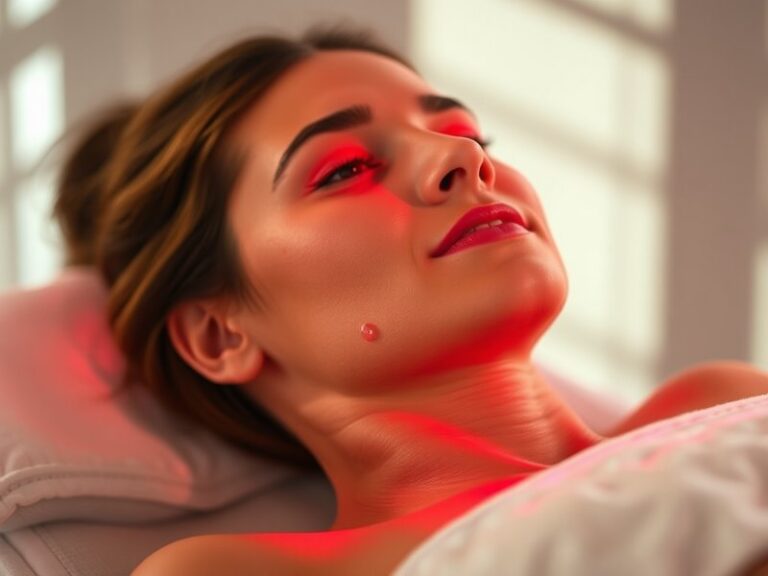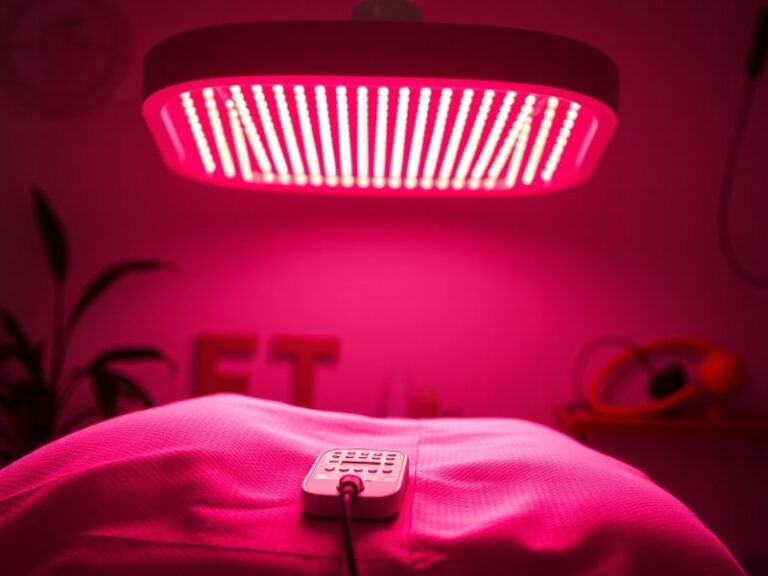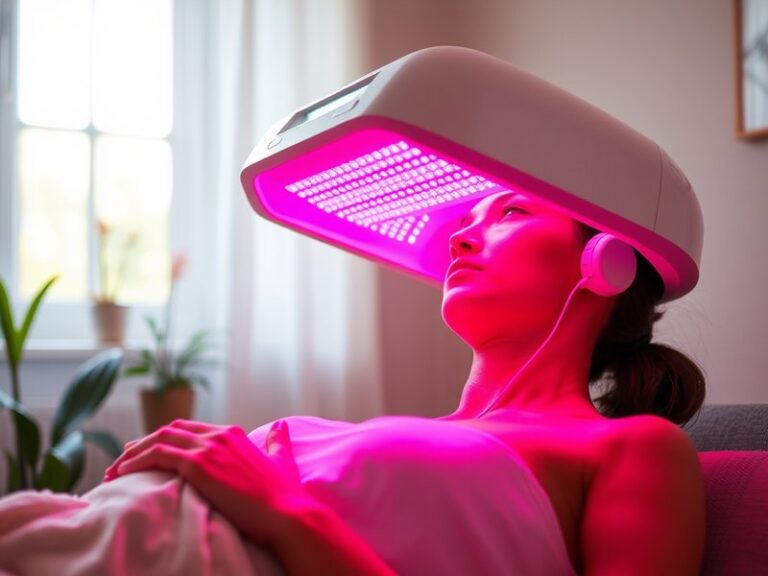What Does Red Light Therapy Do To Your Face?
What Does Red Light Therapy Do To Your Face?
Have you ever wondered about the latest skincare trends, especially one that promises to rejuvenate your skin and reduce signs of aging? Red light therapy has gained popularity for its purported benefits on the skin, particularly on the face. This article will explore what red light therapy is, its benefits, considerations to keep in mind, and alternative treatments available.
Key Takeaways
- Red light therapy can improve skin texture, reduce fine lines, and enhance healing.
- This treatment is non-invasive and generally safe for most skin types.
- It’s essential to be aware of individual skin conditions and seek professional advice before beginning treatment.
What is Red Light Therapy?
Red light therapy, also known as low-level laser therapy (LLLT), involves exposure to low levels of red or near-infrared light. This type of light penetrates the skin and is believed to stimulate cellular processes that promote healing and rejuvenation. The therapy is often used in various medical and cosmetic treatments to enhance tissue repair and reduce inflammation.
The science behind red light therapy stems from its ability to stimulate collagen production and increase blood circulation, which are crucial for skin health. Various devices, including handheld units and larger panels, are used in salons, clinics, and even at home to provide this treatment.
For more, see Red Light Therapy Frequency for Wrinkles
What are the Benefits of Red Light Therapy?
Red light therapy offers numerous benefits, making it an appealing option for skincare enthusiasts. The following points highlight its primary advantages.
Enhanced Skin Rejuvenation
One of the most notable benefits of red light therapy is its ability to improve skin texture and tone. Studies have shown that regular treatments can lead to increased collagen production, which minimizes the appearance of fine lines and wrinkles.
Discover the facts in Benefits of red light therapy mask
Reduced Inflammation and Acne
Red light therapy may help reduce inflammation and redness associated with acne. By promoting healing and decreasing sebum production, it can aid in clearing acne-prone skin effectively.
Improved Healing of Scars
Scar healing can be a long and complex process. Red light therapy shows promise in reducing scar tissue and speeding up the healing process, enabling smoother and clearer skin after injuries or surgeries.
Additional Benefits
Other benefits of red light therapy may include improved skin hydration, enhanced lymphatic flow, and reduced appearance of sunspots and pigmentation, contributing to an overall healthier complexion.
Is it Possible to Use Red Light Therapy at Home?
Yes, it is possible to use red light therapy at home with the right devices. Many brands offer handheld or full-face light panels for personal use. However, it’s crucial to understand how to use these devices correctly to maximize their effectiveness.
What are the Advantages of Home Use?
Using red light therapy at home allows for convenience and consistency. You have the flexibility to incorporate it into your skincare routine without needing to visit a clinic regularly. Home devices can be cost-effective in the long run and help maintain your skin’s appearance between professional treatments.
What are the Disadvantages of Home Use?
On the flip side, home devices may not provide the same intensity and quality of light as those found in professional settings. There is also a risk of improper use, which could lead to suboptimal results or even skin irritation.
What are the Things to Consider Before Starting Red Light Therapy?
Prior to beginning red light therapy, consider the following important factors to ensure a safe and effective experience.
Skin Type and Sensitivity
Assess your skin type and any sensitivities. Although red light therapy is generally safe, individuals with particularly sensitive skin should consult with a dermatologist.
Duration and Frequency of Treatments
Consult guidelines on the recommended duration and frequency of treatments. Overexposure may lead to irritation rather than benefits, so it’s essential to follow expert recommendations.
Medical Conditions
If you have underlying medical conditions, especially those related to the skin or light sensitivity, it is vital to seek professional advice before beginning red light therapy.
What are the Alternatives to Red Light Therapy?
While red light therapy has its benefits, several alternatives can also enhance facial skincare.
Chemical Peels
Chemical peels use acidic solutions to exfoliate and rejuvenate the skin, effectively minimizing the appearance of fine lines and discoloration. They can lead to smoother skin but often require downtime for recovery.
Microdermabrasion
This non-invasive procedure gently exfoliates the outer layer of skin, promoting cell turnover and refreshing the face. It’s suitable for improving skin texture and tone but may not address deeper issues like wrinkles as effectively as red light therapy.
Laser Treatments
Laser treatments involve targeted beams of light to treat specific issues like pigmentation, wrinkles, or scars. They can provide dramatic results but often involve more recovery time and discomfort compared to red light therapy.
Conclusion: Is it Recommended to Use Red Light Therapy?
Based on the information presented, red light therapy appears to be a beneficial skincare option for many individuals. Its ability to promote healing, improve skin texture, and reduce signs of aging makes it appealing. However, considerations such as skin type, treatment frequency, and potential alternatives should guide the decision.
Frequently Asked Questions
Is red light therapy safe for all skin types?
Yes, red light therapy is generally safe for most skin types. However, individuals with specific skin conditions or sensitivities should consult with a dermatologist before starting treatment.
How long does it take to see results from red light therapy on the face?
Results can vary, but many people begin to notice improvements within a few weeks of regular treatments. Consistency is key to achieving optimal results.
Can I use red light therapy with other skincare products?
Absolutely! Red light therapy can be seamlessly integrated into your skincare routine. It’s advisable to apply products post-therapy, as the enhanced absorption can amplify their effectiveness.
Are there any side effects associated with red light therapy?
Side effects are rare, but some individuals may experience temporary redness or irritation. Following device instructions and moderation in treatment frequency can help minimize these risks.
How often should I use red light therapy for the best results?
A common recommendation is to use red light therapy 3 to 5 times a week, although the optimal frequency can depend on individual skin needs and the specific device used.
